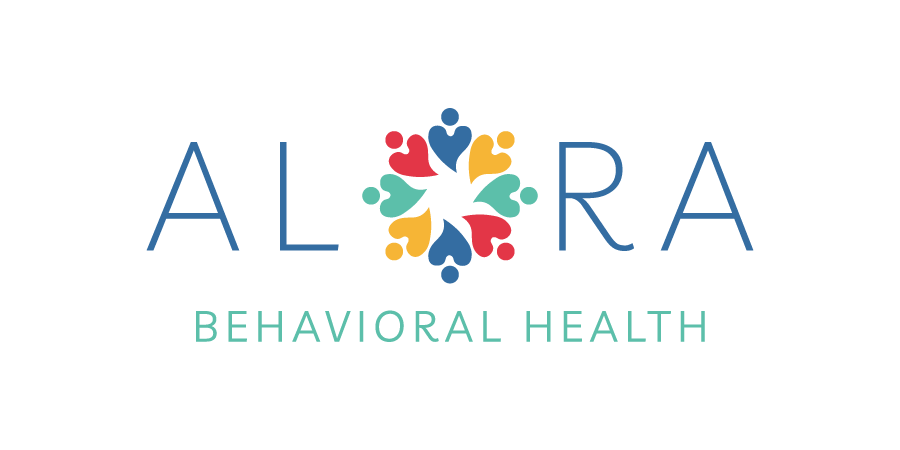Getting out the door in the morning can feel like a race against the clock—especially when you’re supporting a child with unique needs. But the good news is that the same principles used in ABA (Applied Behavior Analysis) therapy can help mornings feel more manageable and positive for everyone. These strategies aren’t just for therapists—they’re practical tools that families can use to build smoother, more predictable routines at home.
#1: Set Clear Expectations Before You Start
One of the most powerful tools in ABA is simply letting a child know what to expect. Before the morning rush begins, take a moment to preview the steps ahead. Whether you use a visual schedule, a simple checklist, or talk it out with your child, setting clear expectations helps reduce anxiety and increase cooperation. Knowing what’s coming can make even difficult tasks—like brushing teeth or putting on shoes—feel more achievable.
#2: Use Positive Reinforcement for Effort
Reinforcement is central to ABA. It means recognizing and encouraging the behaviors you want to see more of. In a morning routine, that might mean offering specific praise (“I love how you got dressed so fast!”) or providing a reward after a tough task is completed. Reinforcement doesn’t always have to be a toy or a treat. Sometimes, it’s extra playtime, music on the car ride, or just knowing they did something “all by myself.”
#3: Break Tasks Into Smaller Steps
Morning routines often involve a lot of steps packed into a short time. If your child struggles with transitions or multi-step tasks, try breaking them down into smaller, manageable parts. Instead of saying “Get ready,” guide them through one step at a time—like “Put on your socks,” then “Now your shoes.” This ABA technique, often called task analysis, helps build independence and confidence by reducing overwhelm.
#4: Add Structure with Routines and Cues
Children often thrive with structure. Embedding routines within your morning helps set the tone for a more predictable and calm experience. Visual cues, timers, and gentle reminders can be powerful supports—especially for kids who benefit from clear, consistent structure. For example, using a timer for breakfast or a song to signal “time to go” can make transitions smoother and more predictable.
#5: Keep Your Cool and Stay Consistent
One of the most important ABA strategies you can use is consistency. Children learn best when they receive steady, predictable responses. That includes staying calm when things don’t go perfectly. If your child resists a task or gets distracted, calmly redirect them back to the routine. Over time, consistency helps reduce pushback and makes the steps feel familiar—and even comforting.
